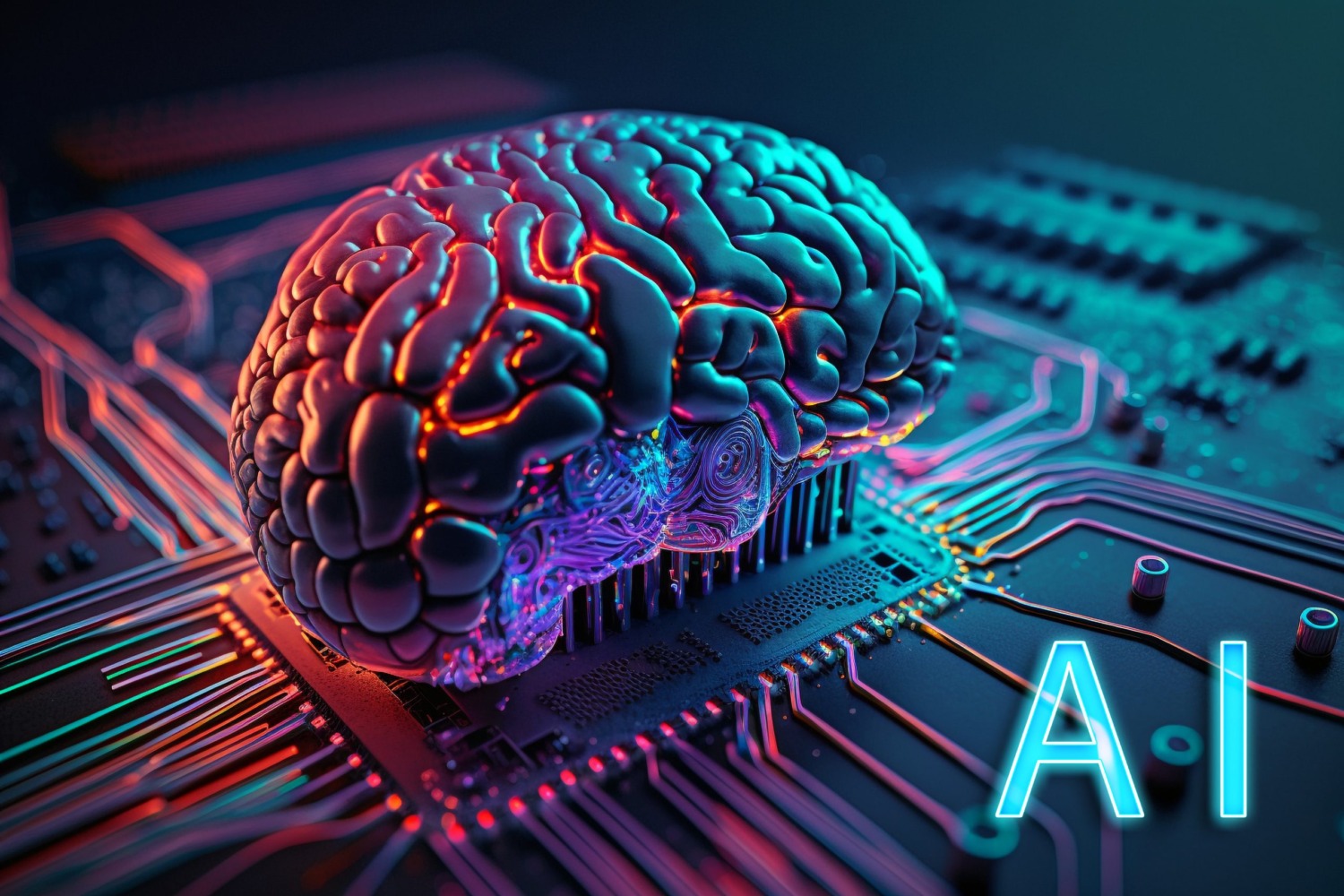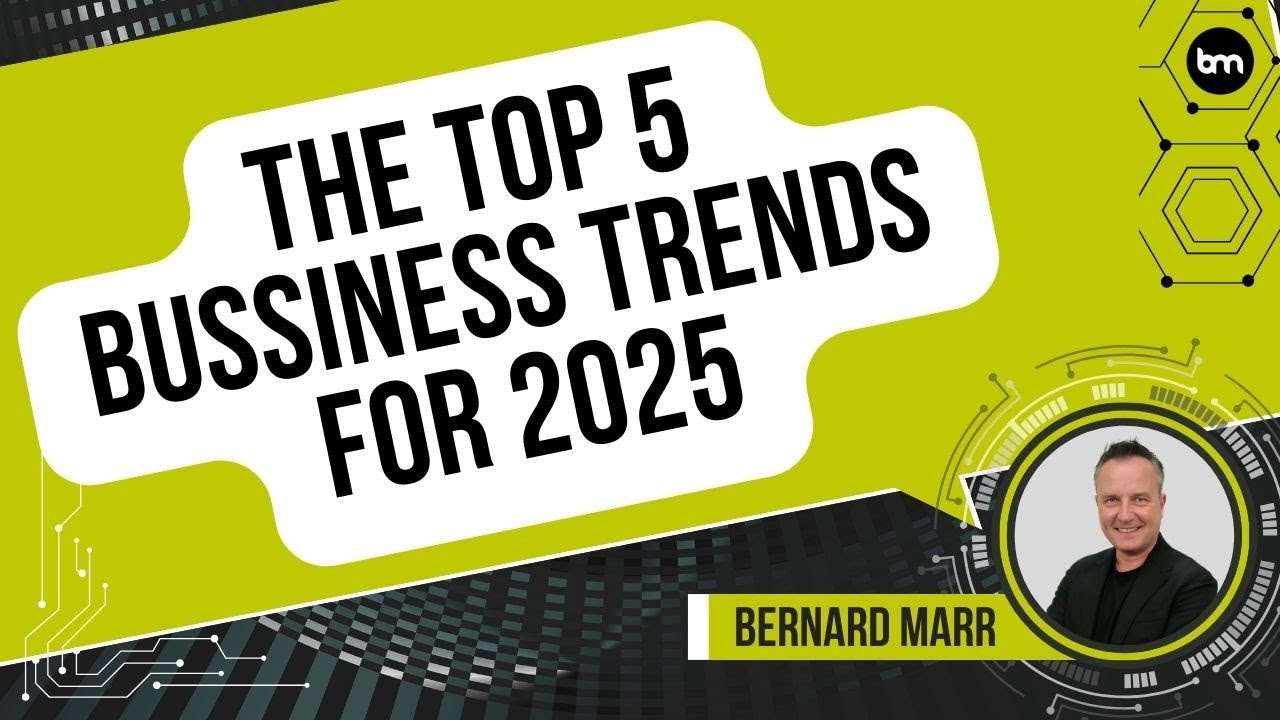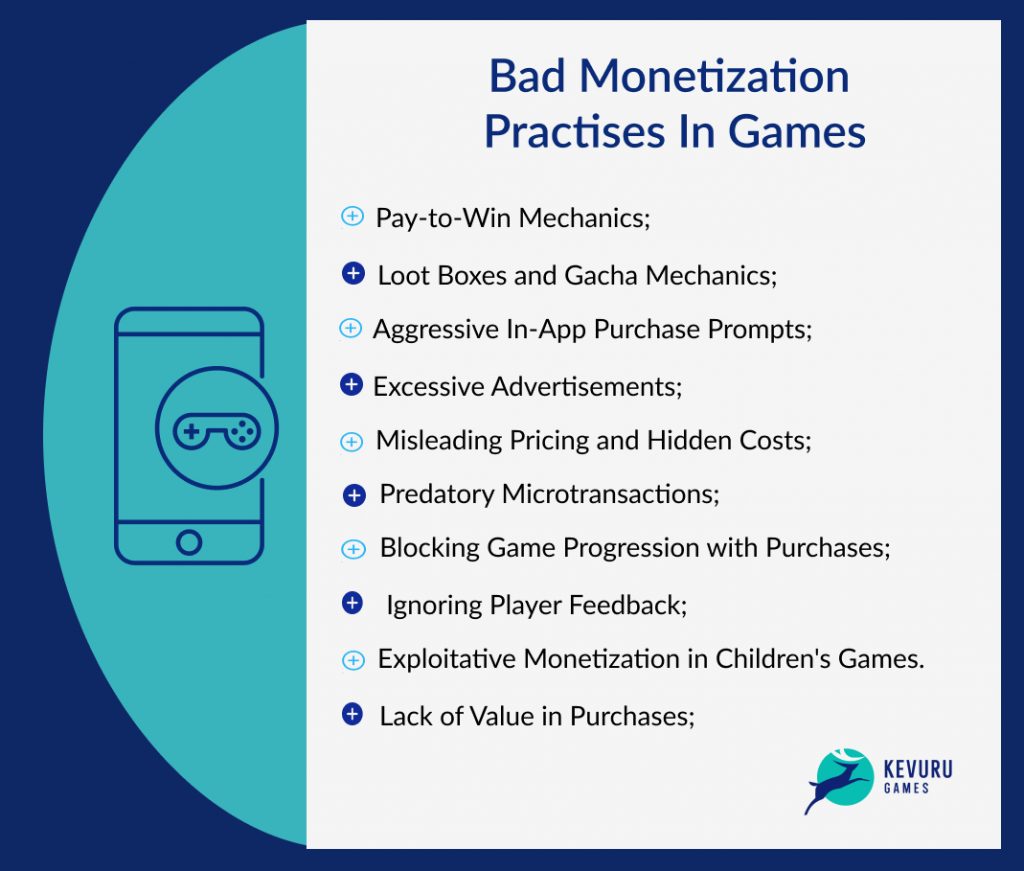
OpenAI and Microsoft: A Strategic Partnership Towards Artificial General Intelligence
In recent developments within the tech industry, an intriguing partnership between OpenAI and Microsoft has unveiled unique ambitions concerning the future of Artificial General Intelligence (AGI). While tools like ChatGPT have already assimilated into various facets of daily life, they fall short of the grander vision the companies share regarding AGI. Confidential documents have recently provided insight into this partnership, indicating that both corporations perceive AGI not merely by its technological capabilities but also through significant financial benchmarks.
The Financial Threshold for AGI
According to the documents, Microsoft and OpenAI have come to an unusual agreement: they will deem an AI model as AGI once it achieves a staggering profit threshold of $100 billion. This financial interpretation of AGI emphasizes its potential market value rather than solely its technological advancement. OpenAI has defined AGI as systems capable of outperforming humans across various economically significant tasks, while Microsoft articulates it as an AI capable of executing a variety of tasks at or beyond the human level.
As stated in a recent report, > “The understanding of AGI rooted in financial metrics could reshape the landscape of AI development and investment.”
In a world where technological capabilities evolve rapidly, however, defining AGI primarily based on profitability raises questions about the potential misuse of such capabilities. Although both companies have ambitious plans, reaching a $100 billion profit seems a distant reality, especially as OpenAI is projected to incur losses amounting to $5 billion in 2024.
 A representation of the concept of Artificial General Intelligence.
A representation of the concept of Artificial General Intelligence.
The Shift Towards a For-Profit Model
OpenAI, which is currently structured as a non-profit organization, is making significant changes to align with its financial goals. Recently, OpenAI announced plans to transition into a Public Benefit Corporation (PBC). This restructuring facilitates crucial funding from partners like Microsoft and Nvidia, contingent upon demonstrating substantial returns on investments, thus paving the way towards becoming a for-profit entity.
Furthermore, Microsoft’s role is critical: the tech giant supplies significant computational resources, while also integrating ChatGPT into its applications such as Copilot. This synergy between the two companies has generated considerable attention, particularly as reports surface about Microsoft eyeing collaborations with other AI developers to bolster its offerings.
Implications of AGI Definition on AI Innovation
As this partnership continues to unfold, an intriguing set of implications emerges. If the validation of AGI hinges upon achieving a financial milestone, the timeline for OpenAI to present a genuine AGI model may stretch indefinitely. On the other hand, Microsoft could introduce AI capabilities bearing semblance to AGI without the official title, sidestepping the limitations imposed by the contractual terms.
This prospect of looming AGI brings into focus not just the technological strides being made but also the ethical considerations that come with it. AGI’s definition through a purely financial lens risks overwhelming the essential discussions about its potential societal impacts. The ability to operate with AGI-like functionalities without the designation could lead to an arms race in AI capabilities for market dominance while nurturing concerns about safety, ethics, and accountability.
 Visualizing the intersection of technology and artificial intelligence.
Visualizing the intersection of technology and artificial intelligence.
Conclusions: The Path Ahead
Ultimately, the collaboration between OpenAI and Microsoft poses a pivotal exploration of what truly defines AGI. Their financial agreement highlights an emerging narrative where profit eclipses technological benchmarks as a measure of success. As the global community watches this development unfold, it raises pressing questions about the future responsibilities of AI technology leaders and the ethical pathways they forge.
While significant challenges lie ahead, including scrutiny over profitability and the pace of AI advancements, one thing remains clear. The quest for Artificial General Intelligence—whether framed by profit or progress—is one that will shape the technological landscape for years to come, compelling stakeholders to revisit the ethics and responsibilities inherent to such powerful advancements.















